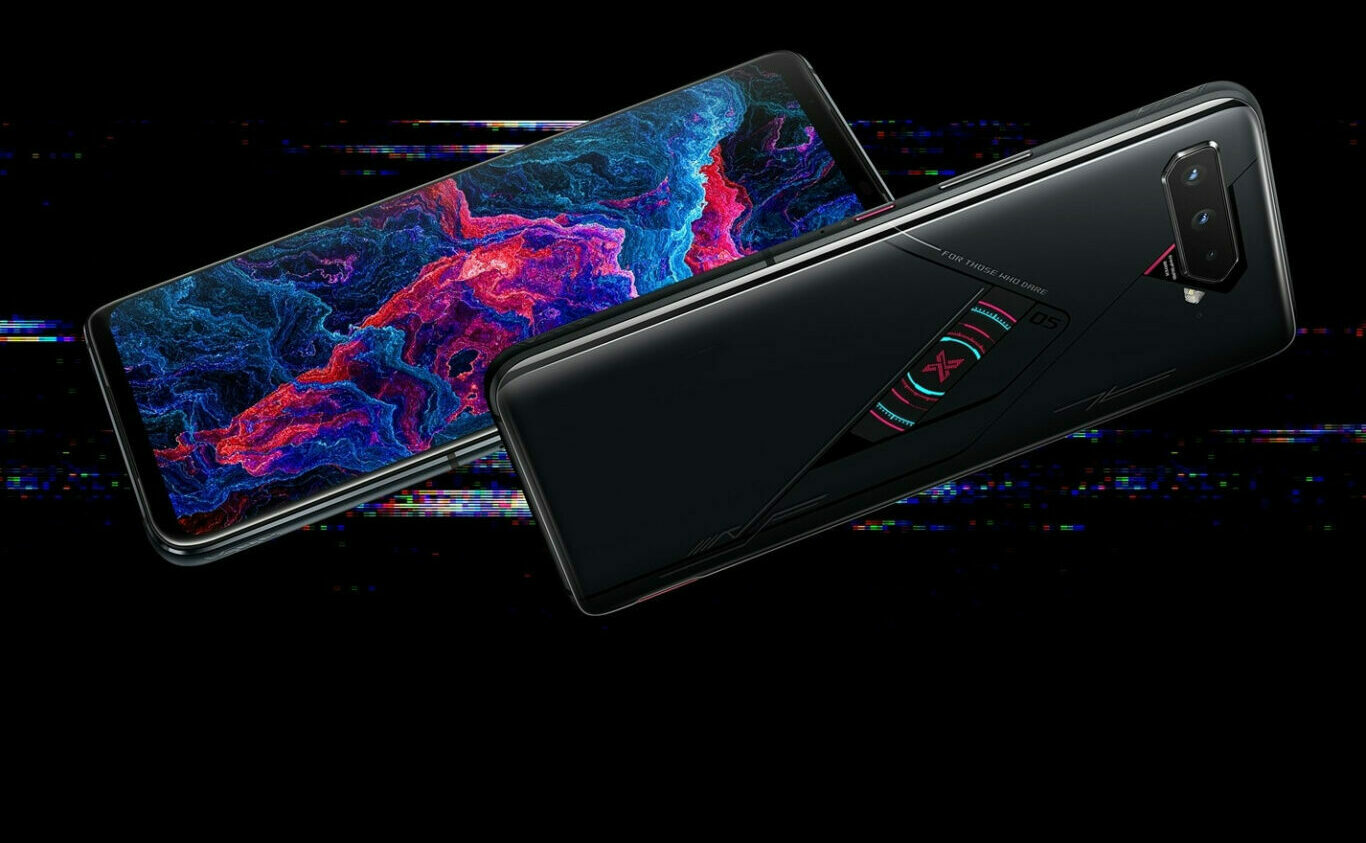全新收購手機
It’s time to bring contrast back to our smartphone photos
It’s time to bring contrast back to our smartphone photos
/
Washed out is washed up
Share this story
If you buy something from a Verge link, Vox Media may earn a commission. See our ethics statement.
A little while back, my colleague Mitchell Clark and I challenged each other to use our old 全新收購手機iphones for the weekend — mine was an original 全新收購手機iphone SE, and they had an 全新收購手機iphone 5S. I bailed a few hours in after my wireless connection flaked out, and I watched the phone battery drop 10 percent in a matter of minutes. (Mitchell saw the challenge through.)
But it wasn’t a totally futile exercise. When I looked back at the photos I took during those few fleeting hours, I noticed something I hadn’t seen much of in photos from newer phones — something I hadn’t even realized I’d been missing. That thing? Contrast. It’s been out of favor in smartphone image processing lately, but there are some easy ways to bring it back to your photos. I think it’s high time we did.
Remember contrast? Dark shadows with rich blacks? Highlight tones that are truly bright white? It’s probably been a while since you saw any, so here’s a refresher. Contrast comes from a time way back before the phrase “computational photography” was batted around tech websites like this one, when digital image processing was much less sophisticated than it is now.
You’ll see a lot of contrast in a scene with really bright highlights and deep shadows, like someone backlit in front of a window. Traditionally, if you weren’t using flash or doing a lot of fancy post-processing, you’d have to decide whether you wanted to expose for the highlights or the shadows because you couldn’t have both. Then, computational photography came along and asked “why not both?” By combining multiple frames with different exposure levels, we could have a final image with details both in dark shadows and in bright skies. It was great! Until it wasn’t.
This kind of computational photography — high dynamic range, or HDR, photography, to be specific — is immensely useful. The human eye can see a wider range of brights and shadows than an image sensor, so HDR brings digital images closer to what we actually see. It also saves us the embarrassment of using our camera’s flash and giving everyone in your photo that classic deer-in-headlights look. But with great power comes great responsibility, and I think we’ve collectively abused our power.
Most of the time, the effect isn’t too egregious, but when it goes off the rails, it’s ugly. We’ve all seen bad HDR. It flattens the sharp difference between lights and darks, pushing these tones toward a kind of milquetoast, washed-out middle ground. It’s the thing that won’t let shadows be shadows and makes your picture of a sunset look like a Thomas Kinkade painting. No part of your image is truly black or truly white. It sucks.
But it doesn’t have to be like this! In my case, I switched my 全新收購手機iphone’s “Photographic Style” — a feature Apple introduced with the 全新收購手機iphone 13 — to “Rich Contrast.” I shot with it over a weekend, and I don’t think I’m ever going back to the standard profile. It’s everything I liked about those 全新收購手機iphone SE shots, with deep blacks and highlights that are still bright white and the benefits of a modern image sensor and better optics.
But you don’t need a new 全新收購手機iphone to bring a little contrast back to your photos. If you have an 全新收購手機iphone 12 or older, try out the “dramatic” filter in the native camera app — it applies a high-contrast look that’s similar to Rich Contrast.
In the Samsung camera app, you can tap the wand icon on the top of the screen to apply other filters. You can download additional filters right in the main camera app, and you can decrease the strength of any filter to tone down the effect. On a Galaxy S22 Plus, I downloaded the “Classic” filter by Candy Camera and turned the strength down about halfway, and I like the look of it. You can try third-party camera apps, too. Halide is a popular iOS option, though you’ll need to pay 99 cents per month to use it after a free seven-day trial. And any basic photo editing app will also let you boost contrast after the fact.
Your photo assignment for the week is to turn up the contrast a little and find out what you’ve been missing in our HDR-saturated world. You just might like what you see.

▲iOS 18主螢幕將大進化。(圖/MacRumors)
記者陳俐穎/綜合報導
根據外媒報導,知情人士透露,iOS 18 更新,將使 全新收購手機iphone 可以控制主螢幕應用程式圖示的排列。雖然可能仍會維持網格化的排列方式,但將加入更多可能性,例如新增空白行列等等。
雖然App圖標可能會保持鎖定在主螢幕上的「網格」上,但根據MacRmors報導,用戶將能夠在iOS 18 上更自由地排列圖標。例如預計更新將介紹在應用程式圖示之間建立空白、行和列的功能。
彭博社 Mark Gurman 指出,從 iOS 18 開始,全新收購手機iphone 將獲得「更可自訂」的主畫面。可以使用 Shortcuts 和 Widgetsmith 等 App 自訂主畫面並創建空白應用程式圖標,但蘋果的自己的個人化選項將更加方便。
自 iOS 16 以來, 全新收購手機iphone 用戶已經能夠自訂鎖定螢幕,預計主螢幕也能得到類似的處理。據我們的消息來源稱,此次更新將為主螢幕引入額外的自訂選項,這可能是幾年來最大的主螢幕改造。
全新收購手機 全新收購手機

:format(webp)/cdn.vox-cdn.com/uploads/chorus_asset/file/22865100/vpavic_210917_4760_0702.jpg)